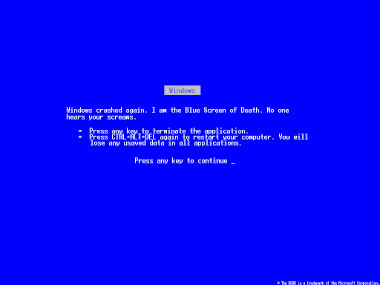In a well written and reasoned essay, John Gruber observes how Apple evolves their products after starting with a perfectly narrow new product definition.
Toward the end he brings us to the iPad saying:
That brings us to the iPad. Initial reaction to it has been polarized, as is so often the case with Apple products. Some say it’s a big iPod touch. Others say it’s the beginning of a revolution in personal computing. As a pundit, I’m supposed to explain how the truth lies somewhere between these two extremes. But I can’t. The iPad really is The Big One: Apple’s reconception of personal computing.
Absolutely right. The iPad is as big as it gets.
But in my way of thinking, the iPad itself is but a “rolling” of the original iPhone which itself was a “rolling” of the gesture-based UI that they gestated in Apple’s labs for more than five years. That UI itself was made possible by the modular nature of OS X and the frameworks on top that have their roots in Next Step. Next Step itself owes a lot to Unix which was born in 1968.

